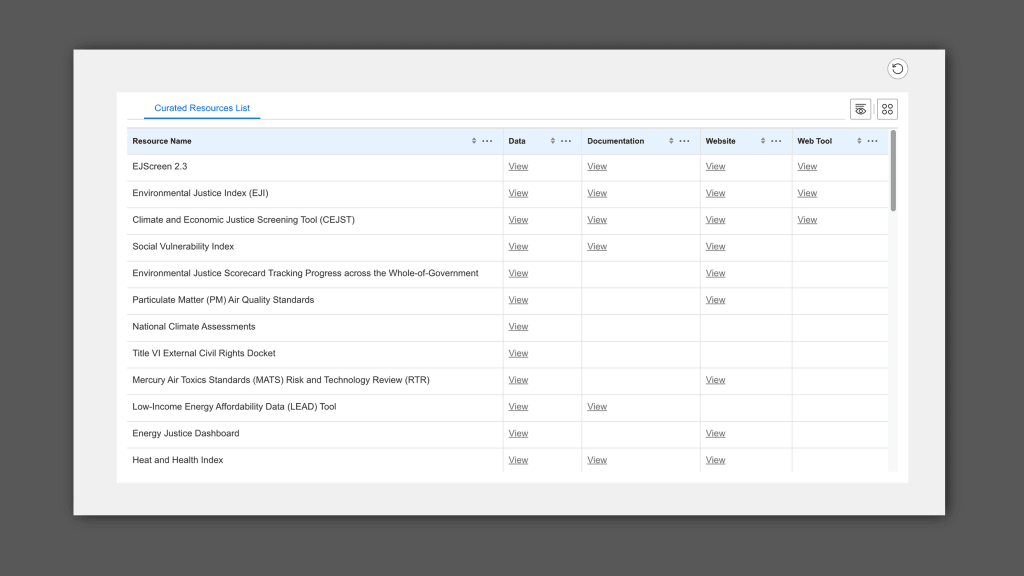Trump’s team scrubbed environmental pages from the internet. This team is bringing them back to life
Trump’s team scrubbed environmental pages from the internet. This group is bringing them back to life
Before Donald Trump took office, Memphis-based staff for the environmental advocacy group the Southern Environmental Law Center used a tool called EJScreen to measure air quality in South Memphis. The resource tracked air quality over time, allowing SELC staffers to quantify the cumulative impacts of air pollution in the neighborhood. But when the Trump administration began shutting down federal environmental websites and scrubbing the words climate change from government websites, EJScreen went dark.
The disappearance of this resource is just one example of how the SELC’s work has been stymied in recent months, according to geospatial analyst Libbie Weimer. In just the first two weeks of his presidency, Trump’s administration removed dozens of web pages and datasets from the official sites of the Environmental Protection Agency, National Oceanic and Atmospheric Administration, Council on Environmental Quality, NASA, and others.
At the SELC—which specializes in legal environmental advocacy in the South—many of those pages were part of the organization’s daily efforts to track regional concerns. To address this loss, Weimer and her team have created a guide that preserves archived environmental sites.
The guide, published last Friday, includes three main sections: data archives, including suggested places to search for archived raw data, metadata, and scientific papers; a web clone section, which includes links to cloned tools like EJScreen and the Centers for Disease Control and Prevention’s Environmental Justice Index; and a web archive, which guides users through the Wayback Machine to find old pages. The whole guide is underpinned by a searchable list that allows users to quickly find specific lost sites.

“Where I work, I serve a staff of over 100 people, plus our dozens of community-based partner organizations across six states,” Weimer says. “Overnight, those people stopped having access to the information they use on a daily basis to protect the air, water, land, wildlife, and people where they live. The guide is my attempt to reconnect folks to the information and data they need.”
The guide runs off a website that Weimer maintains by cross-referencing other grassroots lost-site trackers with a list of the sites that are important to her staff. Critically, Weimar notes, she’s not the only person tracking the Trump administration’s culling of federal environmental web pages: The Data Rescue Tracker, Public Environmental Data Partners, and Climate Change Transparency Project have already embarked on a similar mission.
“The purpose is simple: We believe that everyone should continue to have access to public information and data,” Weimer says. “These resources belong to us and were created for the public good.”
ABOUT THE AUTHOR
Fast Company
(1)



